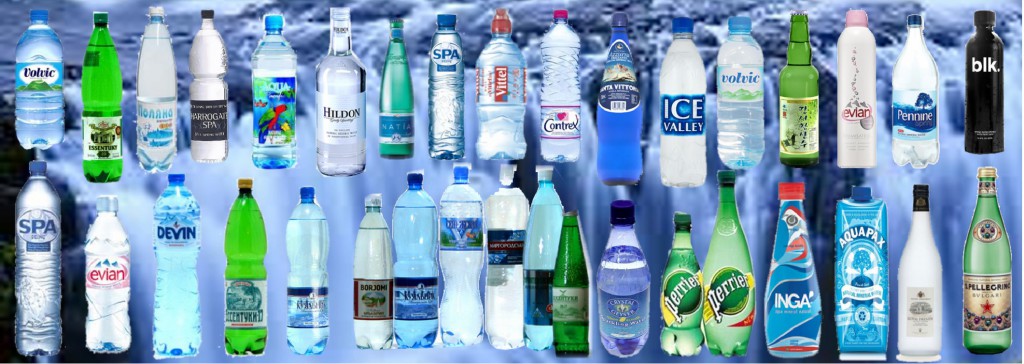The Problems We’re Not Solving by Banning Bottled Water

by Jessie Sitnick and Dale Beugin
September 9, 2015 – Earlier this month, the Globe and Mail printed a fascinating piece on the unintended consequences of banning bottled water. Specifically, the story focused on a recent study conducted by University of Vermont (UVM) nutrition and food sciences professors Elizabeth R. Berman and Rachel K. Johnson, on the results of the campus bottle ban — the first of its kind — instituted in 2003.
Their findings are intriguing (if not terribly surprising). Not only did the ban of bottled water at UVM not achieve the goal of reducing the amount of plastic bottles on campus (which in fact increased by 8% over the study period), it also resulted in the greater campus consumption of sugary, high-calorie drinks (by 25%!). In a nutshell, students simply replaced their bottled water purchases with higher levels of pop bottle purchases.
Bottled Water Bans Through Ecofiscal Glasses
Yikes, we say. But why are we at the Ecofiscal Commission interested in this unfortunate story? As Mel Cappe, the Commissioner who flagged this story for us, pointed out: there is an important lesson here on the art and science of policy design (whether we’re talking university policy or government policy). It appears that campus constituents identified a problem that needed solving and then implemented a policy to address that problem without, it seems, really examining how that policy would work and how people would respond to it.
But there’s a bigger question here: what problem, exactly, was the university trying to solve?
Without a clear understanding of the problem, we can’t even begin to consider if a different approach would have been better.
In policy wonk terms, A ban is more-or-less a direct regulation (Thou Shalt Not Buy Bottled Water!). An ecofiscal approach would work differently, creating a price incentive to encourage people and companies to act differently. But act differently how and to what end?
And here is where we crack open a nice fresh can (or bottle, if you will) of worms. What goals bubble beneath the surface of bottled water bans? And what assumptions do those goals take for granted?
Unpacking the Bottle Battlefield
A closer reading of the story behind UVM’s bottled water decision reveals a complex set of goals and motivations. This makes sense. After all, if the goal was only to reduce plastic bottles, then the ban reasonably (or not so reasonably?) would have applied to all bottled beverages.
But there is something special about water in a bottle, water in a bottle sold by a big corporation. A deeper set of issues is clearly at play.
This remark by one of the student thought-leaders behind the ban is telling:“We wanted people to be aware of the privatization by companies of public water resources.”
Indeed, the bottled water ban at UVM was directly connected to the ending of the campus’ exclusive beverage contract with Coca-Cola. Inherent to the narrative surrounding the ban is the fundamental belief that all students should have free access to Vermont’s high-quality, safe, clean drinking waterand that the sale of water as a product is harmful and wrong.
There is something special about water in a bottle, water in a bottle sold by a big corporation. A deeper set of issues is clearly at play.
The 2009 president of the University of Winnipeg Student Association, who spearheaded that campus’ banned bottle , said it this way: “While plastic bottles are not environmentally sustainable, they also undermine the quality of public water. We encourage our students to drink safe and free public drinking water as an alternative to expensive bottled water.”
The complex narrative shared by both students actually weaves together three messages: one around waste reduction, another around secure access to water, and finally the negative ecological impacts of selling water in a bottle (e.g. undermining the quality of public water). These ideas bleed together so seamlessly that it’s easy to swallow them whole. And it’s this same slurry of reasoning that saturates so many “ban the bottle” policies.
Three Big Problems, One Solution?
Each of these concerns — waste, water security, and ecological damage — deserves attention, but they are not the same thing. Over the next three blogs, we look at each individually and ask: does banning bottled water solve this problem? Could an ecofiscal policy work better? Follow along if you’re thirsty for more.
Jessie Sitnick (Communications Director) and Dale Beugin (Research Director) are both staff of Canada’s Ecofiscal Commission.
This article first appeared in the Canada’s Ecofiscal Commission website and is reprinted here with the kind permission of the author



